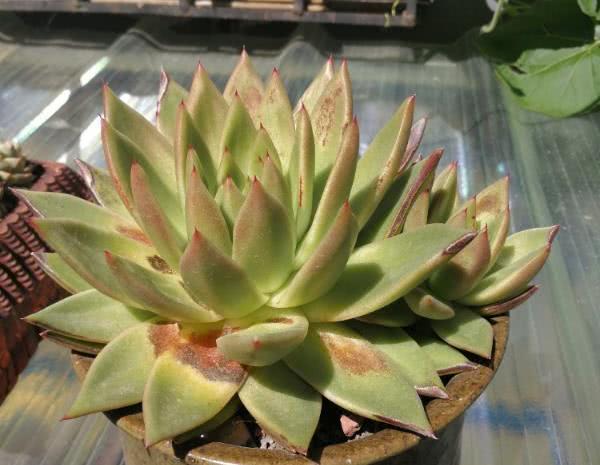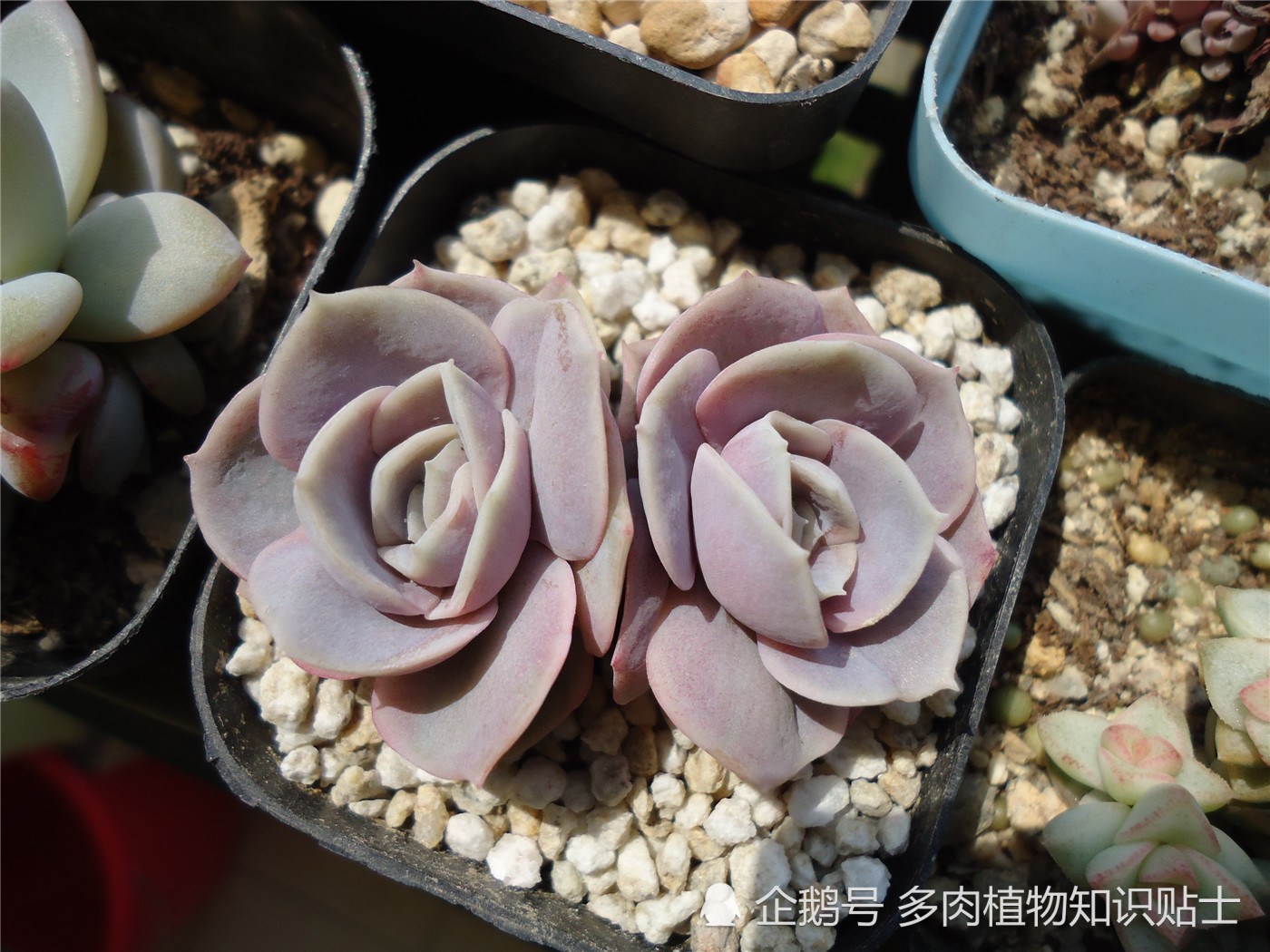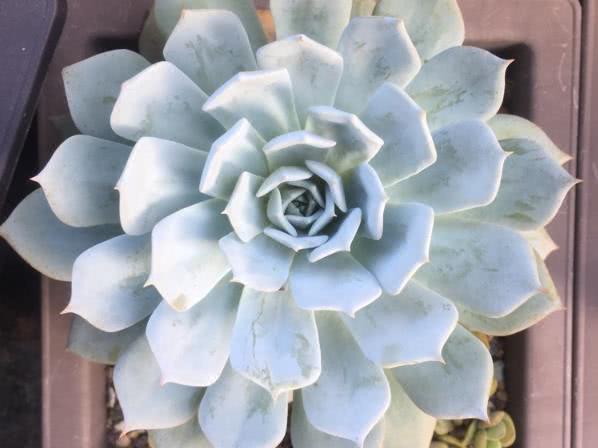Can the leaves of succulent plants sprout? If you know the common sense of conservation, succulent plants can live on the soil.

Due to the unique way of storing water in succulent leaves, even after a long time from the mother, the leaves are always in a fresh state. Once they contact the soil, the succulent regenerative cells will act, grow roots and new leaves, and form new plants. Therefore, succulent plants are called "rooted" plants by humans. We generally call leaf insertion propagation, that is, a leaf can take root and sprout on the soil.
Succulent plant is a kind of plant with developed parenchyma for storing water and appearing plump and succulent in appearance, such as stem or leaf or root (a few species have two or more parts). Most of them grow in dry areas or dry parts of the year, and there are long periods of time each year when the roots do not absorb water, and only the stored water in the body maintains life.
For germination speed, the first is the health status, the second depends on the variety, and the third is the acquired environment. If the leaves themselves are not too healthy, they will hardly sprout and only grow roots. If the nutrients are exhausted, they will dry up, or they will melt and rot before they grow roots. According to my leaf insertion situation, the general thick leaf slightly faster, such as peach eggs, Allen, white peony, tia, winter beauty, rainbow jade, second female heart and the like. Thin leaves are slower, like moonlight goddess, blue stone lotus, blue bird, blue light and the like, and succulent plant Guanyin lotus can also be inserted, but it is very difficult to succeed.
In addition to leaf insertion propagation, succulent plants can also be sown and propagated. Generally speaking, sowing is mostly carried out in spring and autumn. The reason why these two seasons are suitable is that the best sowing temperature of succulent plants is between 20℃ and 25 ℃. If the temperature is too high, the seeds are easy to rot, and even if they germinate, the seedlings are easy to melt.
Of course, people now have a strong ability to change the environment. If they can provide constant temperature, it doesn't matter what season they sow. If they can't, they still need to consider the sowing season. Of course, the range of succulent plants is very wide. We said that Crassulaceae is the main one. If the flower friends sow cactus and the like, they can also sow in summer.
Finally, it is the dormancy season of succulent plants. During this period, the main goal is to maintain. Due to temperature and other reasons, succulent plants enter a state of self-protection. The root system stops most of its activities, and quite a few capillary roots have disappeared. At this time, there is no need to consider the maintenance of root hairs. Due to the loss of water absorption function, excessive water is not only ineffective, but will cause the decay of capillary roots, and then affect the main roots of succulent plants. If you are unlucky, It rots all the way into the stem tissue.
This is a gathering place for succulent plant lovers to share succulent conservation skills. Welcome to pay attention to communication.
- Prev

The sun is just as good as to enjoy the succulent plants of the Great God's family.
Thanks to luanfeifei's materials, succulent balconies in spring, and succulent plants in spring.
- Next

How to control the soil moisture of planting succulent plants? Teach you skills.
When the seeds of succulent plants are sown and propagated, the soil is generally soaked. After soaking the soil, drain slightly (or not), spread the seeds evenly, cover with transparent film, and open it for about 2 hours a day to ventilate. In.。
Related
- Wuhan Hospital Iron Tree Blooming Result Was Instantly Frightened by the Gardener Master
- Which variety of camellia is the most fragrant and best? Which one do you like best?
- What is the small blue coat, the breeding methods and matters needing attention of the succulent plant
- Dormancy time and maintenance management of succulent plants during dormancy
- Minas succulent how to raise, Minas succulent plant pictures
- What are the varieties of winter succulent plants
- How to raise succulent plants in twelve rolls? let's take a look at some experience of breeding twelve rolls.
- Attention should be paid to water control for succulent plants during dormant period (winter and summer)
- Watering experience of twelve rolls of succulent plants
- Techniques for fertilizing succulent plants. An article will let you know how to fertilize succulent plants.

